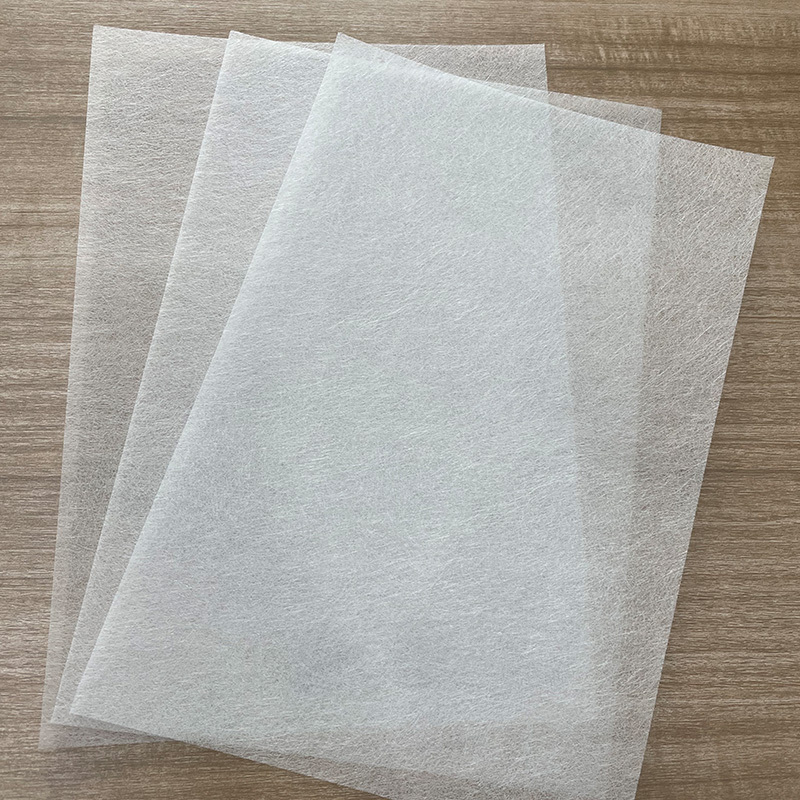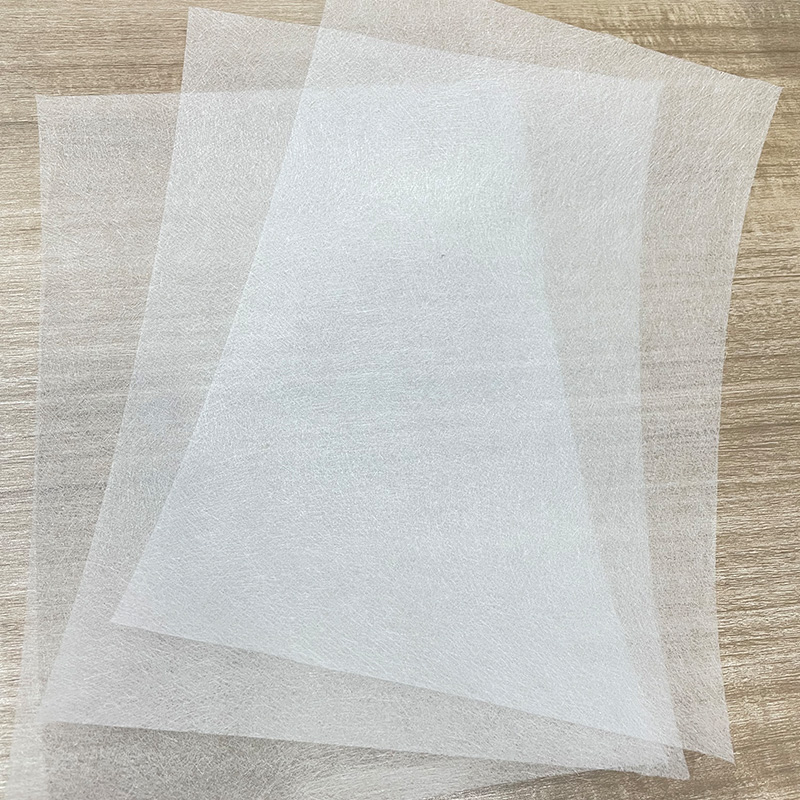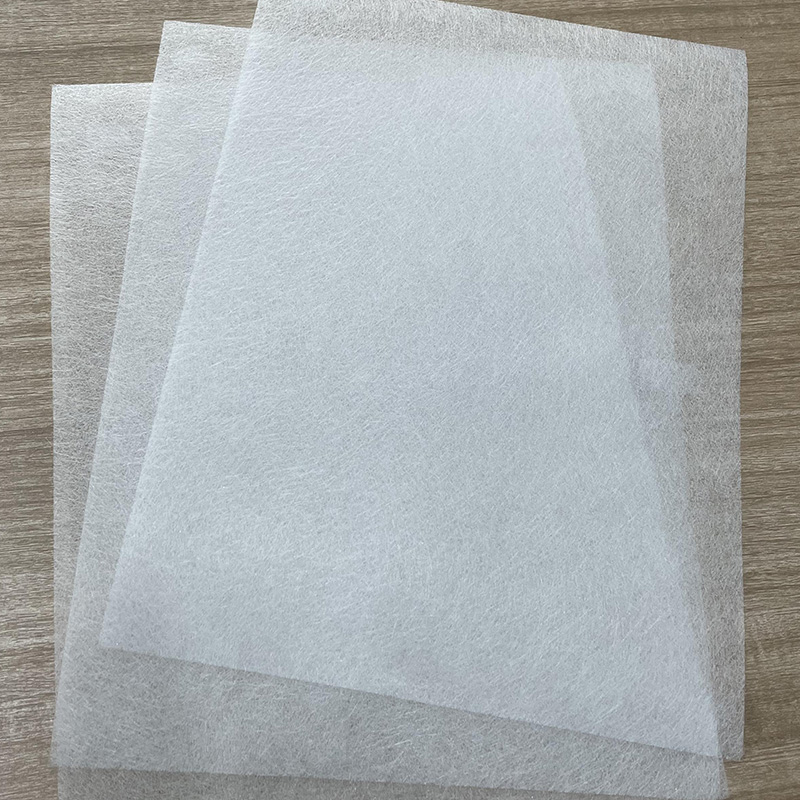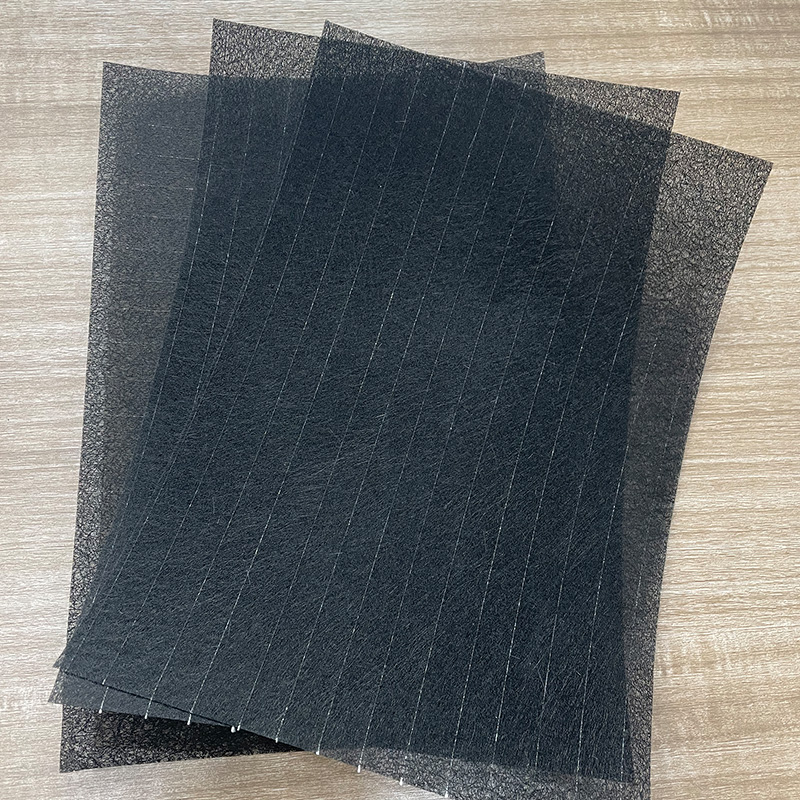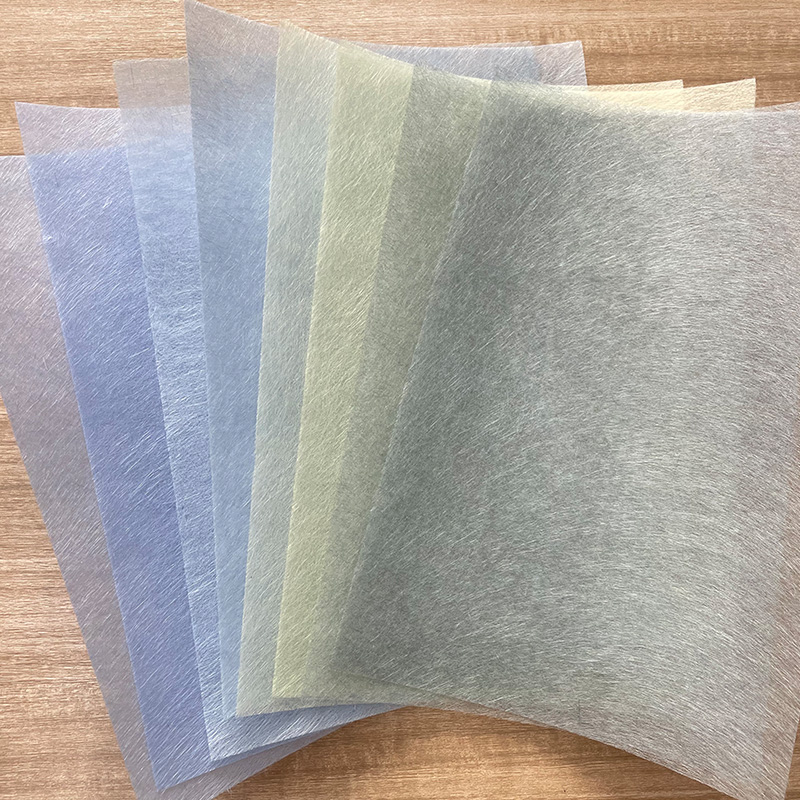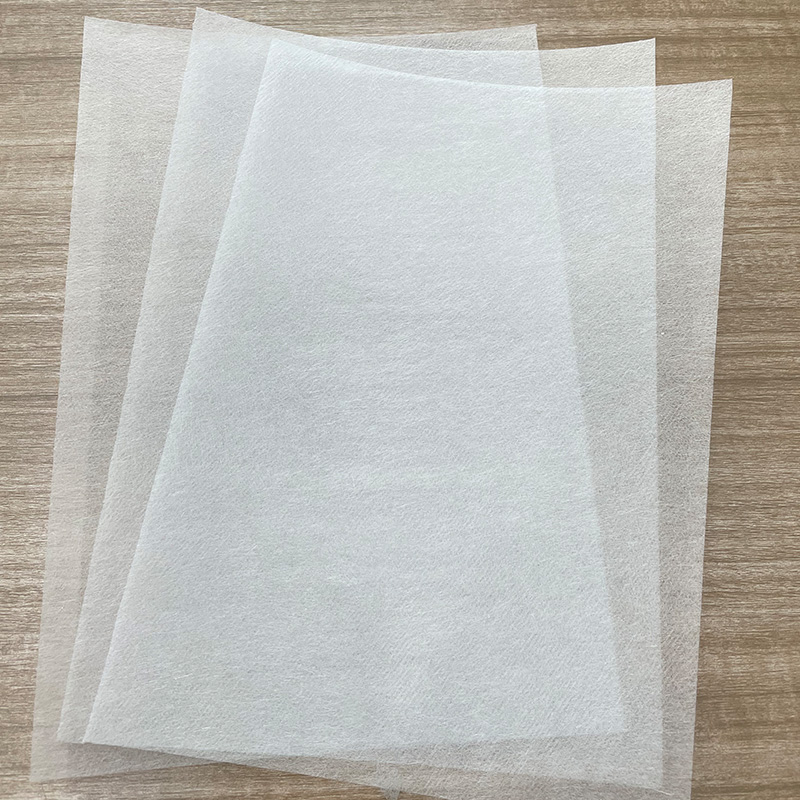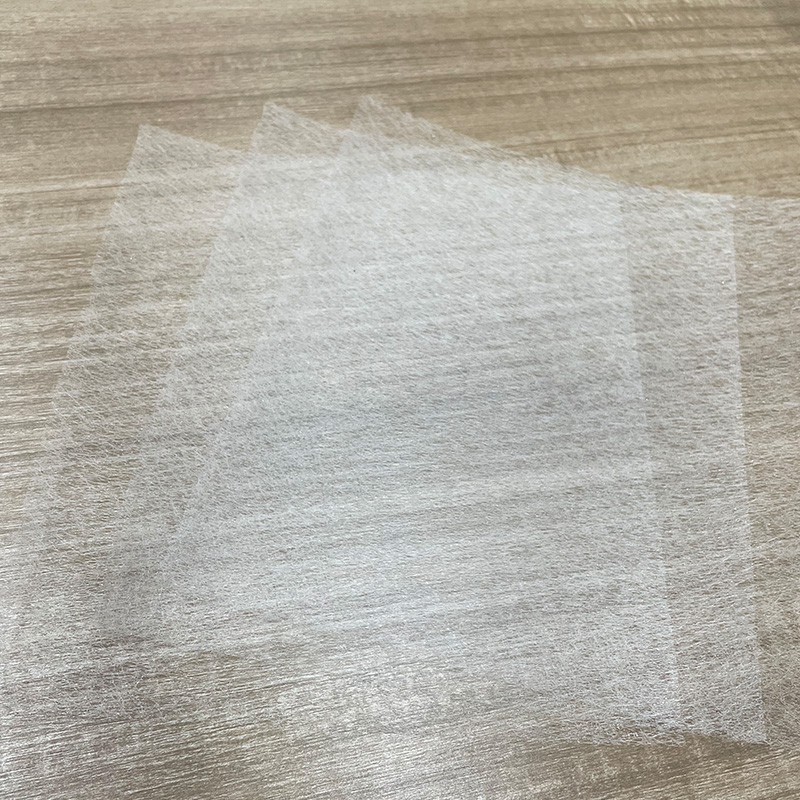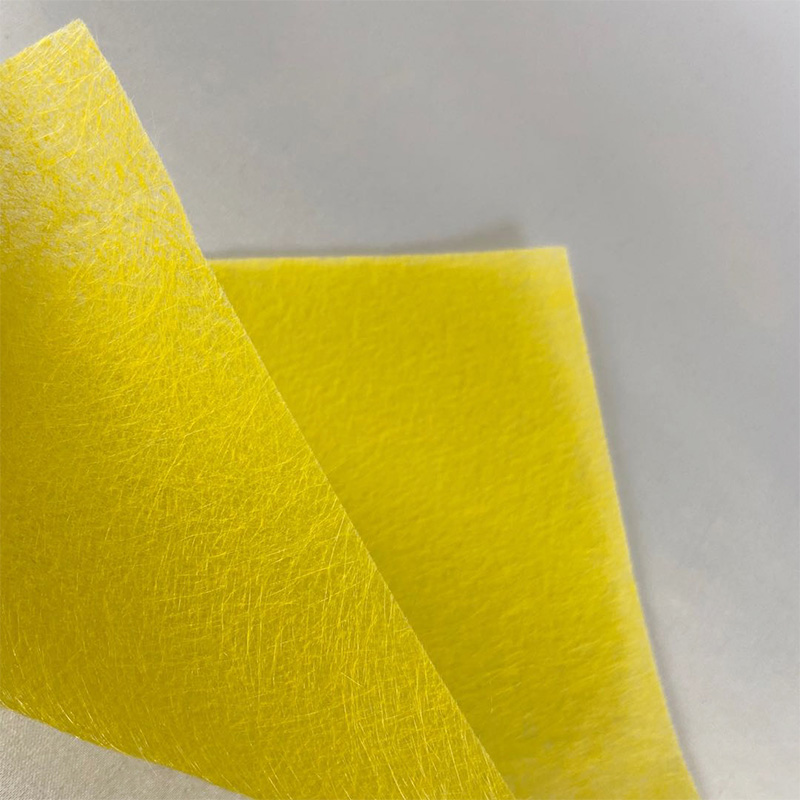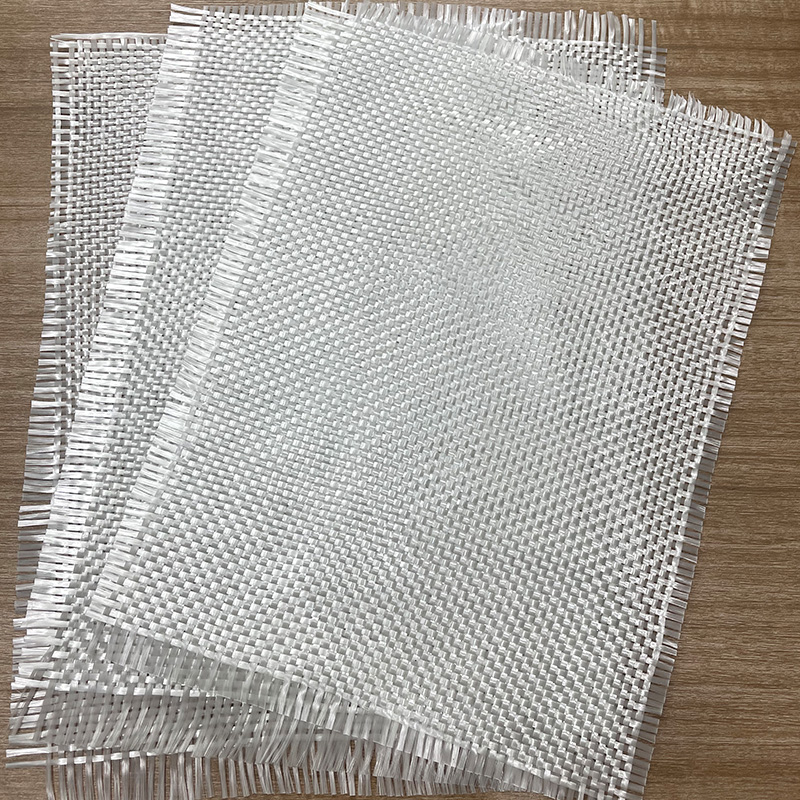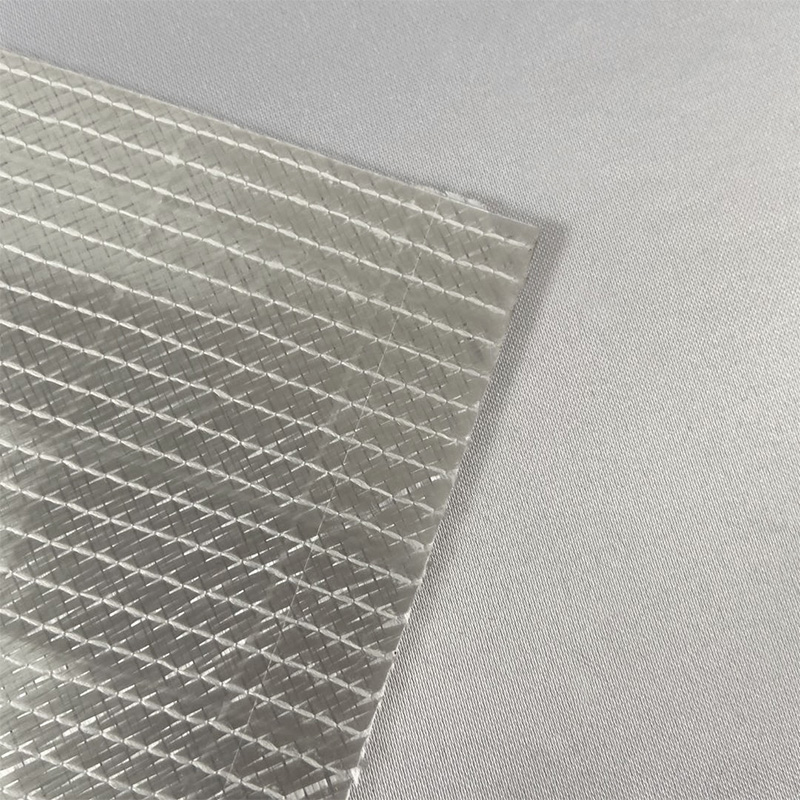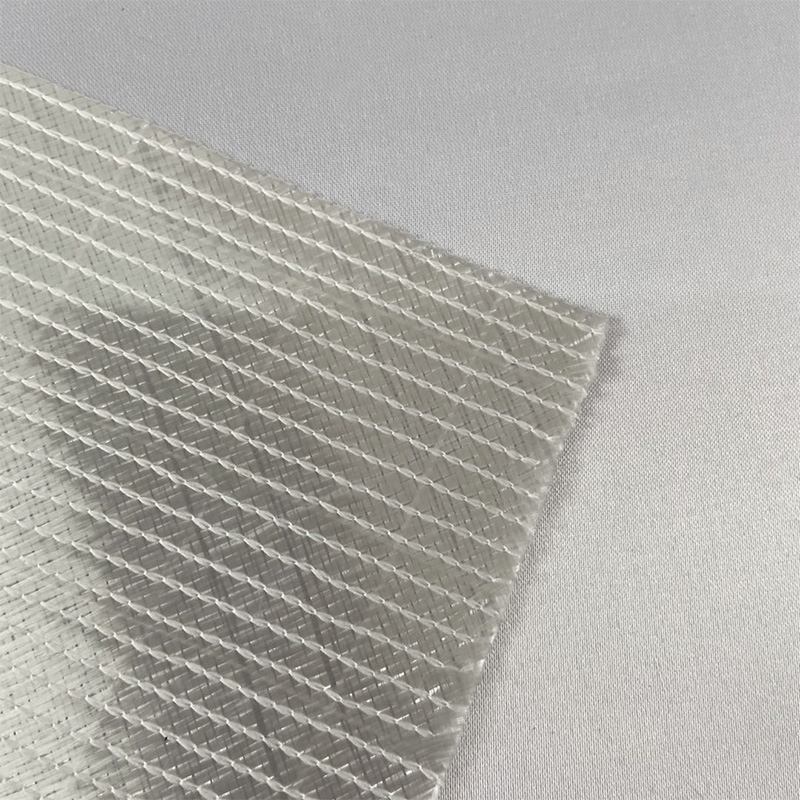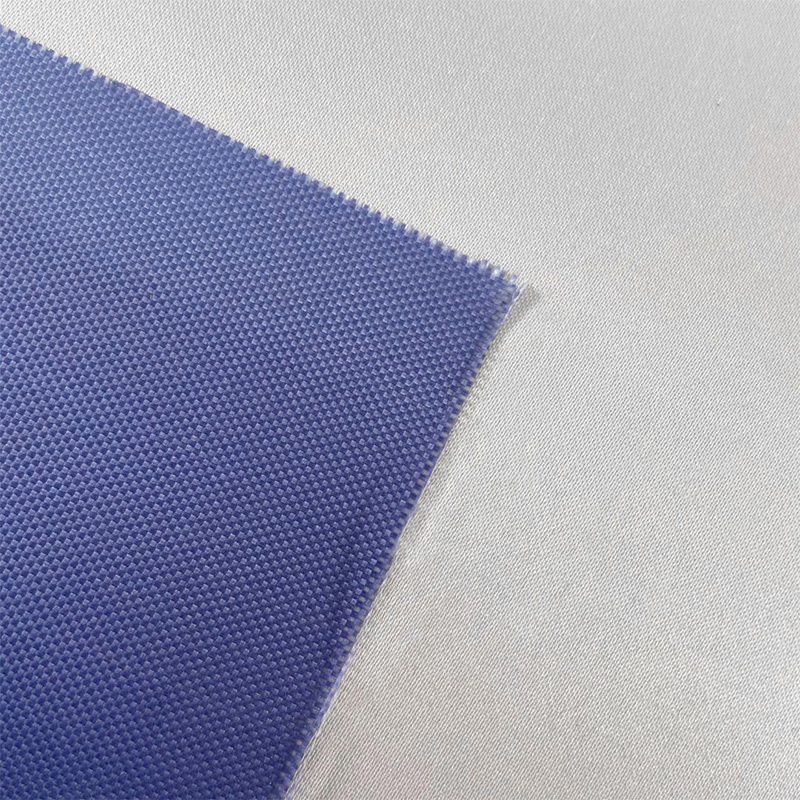In the face of increasingly severe environmental pressure, OEM/ODM carbon fiber cloth manufacturers must take active measures to integrate the concept of green production into every production link to achieve sustainable development. This is not only the fulfillment of corporate social responsibility, but also the key to enhancing corporate competitiveness and adapting to future market demand.
1. Optimize raw material selection and management
OEM/ODM manufacturers should give priority to environmentally friendly carbon fiber precursors and matrix resin materials. These materials should have low volatile organic compound (VOCs) emissions, easy recycling or biodegradability. At the same time, establish a strict raw material supplier evaluation system to ensure the legality and environmental protection of the raw material source. In inventory management, implement precise management, reduce inventory backlogs, and avoid resource waste.
2. Promote clean production technology
In the production process, actively adopt clean production technologies, such as low-temperature curing process, ultrasonic assisted molding, etc., to reduce energy consumption and waste gas and wastewater emissions. By optimizing the production process, improve production efficiency, and reduce energy consumption and waste generation in the production process. In addition, the introduction of automated and intelligent production equipment will reduce manual operations and reduce the risk of environmental pollution caused by human factors.
3. Strengthen wastewater and waste gas treatment
A complete treatment system will be established for wastewater and waste gas generated during the production of carbon fiber cloth. The wastewater undergoes multiple processes such as pretreatment, biochemical treatment, and deep treatment to ensure that the discharged water quality meets national or local environmental protection standards. The waste gas is collected and purified before being discharged to reduce the impact on the environment. At the same time, the maintenance and management of environmental protection facilities will be strengthened to ensure their stable operation and maximize environmental protection benefits.
4. Promote energy-saving and emission reduction measures
In terms of energy use, OEM/ODM manufacturers should actively adopt energy-saving equipment and technologies, such as LED lighting, high-efficiency motors, and solar photovoltaic panels to reduce energy consumption during the production process. At the same time, optimize the energy use structure, improve energy utilization efficiency, and reduce greenhouse gas emissions. In addition, carry out energy-saving and consumption reduction publicity activities to improve employees' energy-saving awareness and create a good atmosphere for all employees to participate in energy conservation and emission reduction.
5. Implement waste classification and resource utilization
The waste generated during the production process is collected, stored, and treated in a classified manner. Recyclable waste, such as waste carbon fiber cloth, resin barrels, etc., should be sent to professional recycling agencies for resource utilization; non-recyclable waste should be properly handled in accordance with environmental protection requirements to avoid pollution to the environment. At the same time, explore effective ways to reduce waste, such as reducing waste generation by improving product design and optimizing production processes.
6. Establish a green supply chain system
OEM/ODM manufacturers should also actively build a green supply chain system and jointly promote green production with upstream and downstream companies. Establish long-term cooperative relationships with suppliers to jointly promote the use of environmentally friendly materials and the research and development of environmentally friendly technologies; communicate with customers about the concept of green production and guide them to choose environmentally friendly carbon fiber cloth products. Through the construction of a green supply chain, the green transformation of the entire industrial chain can be achieved.
7. Strengthen environmental awareness and training
OEM/ODM manufacturers should strengthen environmental awareness education and training for employees. Through regular environmental knowledge lectures, case analysis and other activities, employees' environmental awareness and sense of responsibility can be improved. At the same time, an environmental incentive mechanism should be established to encourage employees to actively participate in environmental protection activities and contribute to the green production of the company.
Faced with environmental pressure, OEM/ODM carbon fiber cloth manufacturers need to start from raw material selection, clean production, energy conservation and emission reduction, waste treatment, green supply chain construction and environmental awareness enhancement to fully realize green production. This is not only the social responsibility of enterprises, but also the only way to promote sustainable development of enterprises and enhance market competitiveness.


 English
English 中文简体
中文简体 русский
русский Español
Español